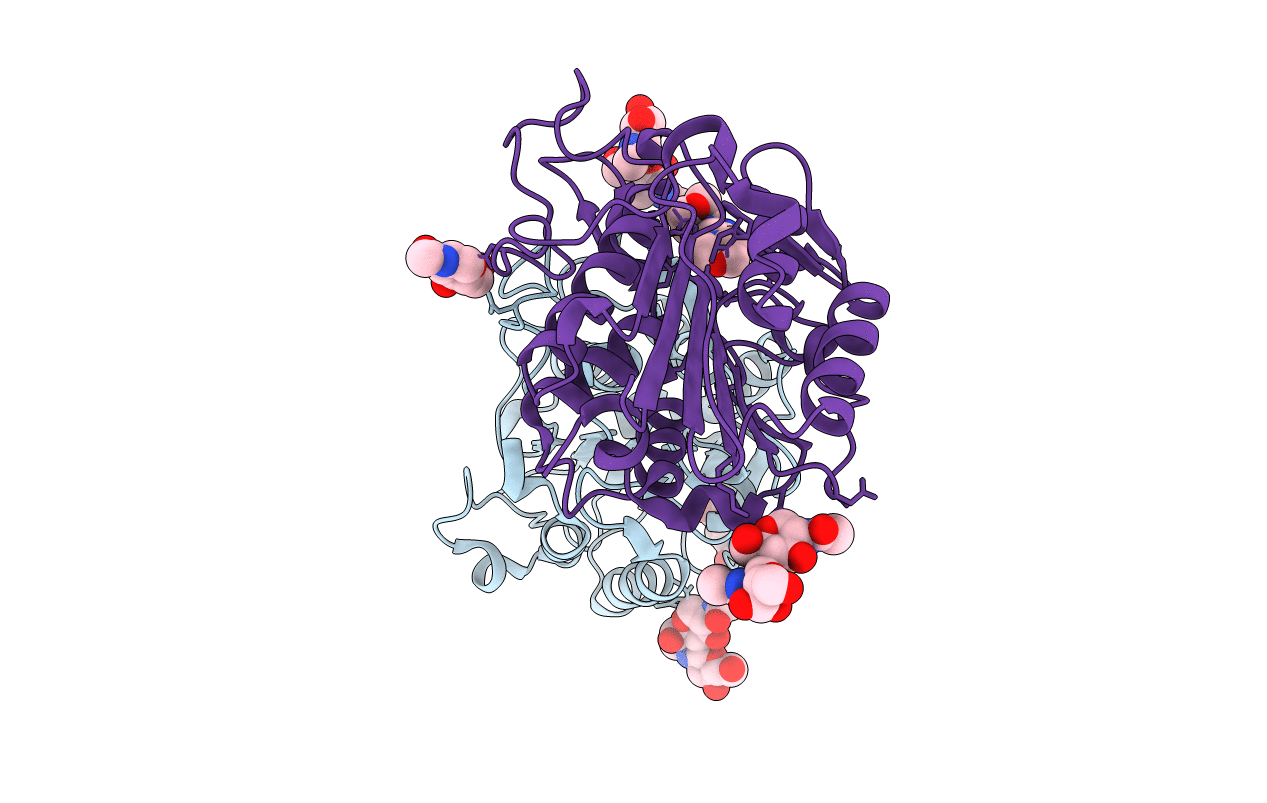
Deposition Date
2016-09-08
Release Date
2017-03-29
Last Version Date
2024-11-13
Entry Detail
PDB ID:
5LUA
Keywords:
Title:
Crystal structure of human legumain (AEP) in complex with compound 11b
Biological Source:
Source Organism:
Homo sapiens (Taxon ID: 9606)
Host Organism:
Method Details:
Experimental Method:
Resolution:
2.00 Å
R-Value Free:
0.25
R-Value Work:
0.22
R-Value Observed:
0.22
Space Group:
P 21 21 21


